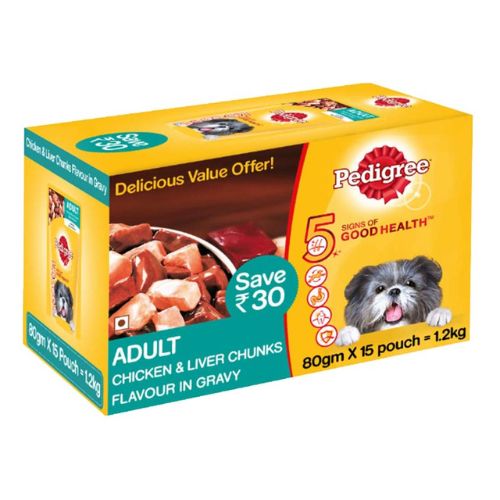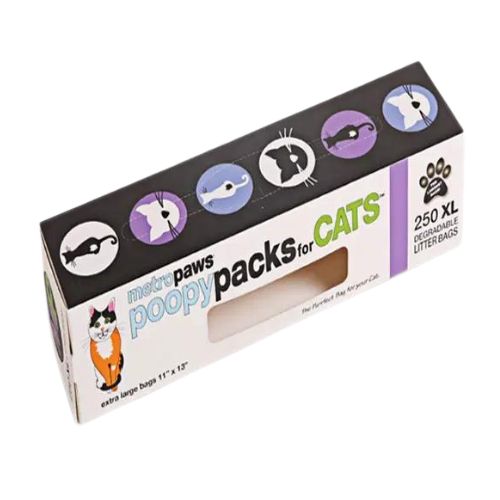Custom Pet Food Packaging Boxes
Custom Pet Food Packaging Boxes
Custom Pet Food Packaging Boxes – Food-Safe Cartons, Bag-in-Box & Retail-Ready Print
Protect freshness and win shelf space with custom pet food packaging boxes from Hola Custom Boxes. We engineer food-safe folding cartons and bag-in-box solutions for dry kibble, treats, chews, toppers, dehydrated meals, and sampler kits—complete with premium printing, tamper features, and space for required label copy. Low MOQ (100+ units), free dieline & 3D proof, fast U.S. shipping.
Why Choose Our Pet Food Boxes
• Food-safe construction — boards and coatings suitable for dry food/indirect contact.
• Retail impact — big branding panels, optional windows, and variant/size callouts.
• Freshness support — sized for barrier pouches; add tear-and-reseal labels.
• Right-sized strength — sturdy bases for 250 g to 2 kg packs; ship-safe outers.
• Eco options — recycled/kraft boards, cellulose windows, soy inks, aqueous coats.
• Scale with confidence — consistent color, barcodes, and repeatable specs.
Best Uses
• Dry kibble, treats & chews → Food & Beverage Packaging
• Barrier pouches inside carton → Mylar Bags
• Windowed shelf appeal → Window Boxes
• Club packs & wholesale outers → Custom Printed Corrugated Boxes
• DTC subscriptions & sampler kits → Custom Mailer Boxes
• In-store shippers & POS → Custom Display Packaging Boxes
• Sustainable lines → Eco-Friendly Boxes
Popular Pet Food Box Styles
• Seal End / Seal End Auto Bottom — high-speed filling, strong base → Seal End · Seal End Auto Bottom
• Straight Tuck End (STE) — clean panels, efficient load → Straight Tuck End
• Reverse Tuck End (RTE) — cost-effective retail carton → Reverse Tuck End
• 1-2-3 Bottom (Snap-Lock) — reinforced base for heavier fills → 1-2-3 Bottom Boxes
• Window Carton — open die-cut or plastic-free cellulose film → Window Boxes
• Tray & Sleeve (Drawer) — giftable sampler/assortment sets → Custom Tray and Sleeve Boxes
Materials & Printing
• Boards: SBS/C1S 16–24 pt; natural kraft/recycled; E/B flutes for outers.
• Printing: CMYK + Pantone; inside/outside print; white ink on kraft for vivid color.
• Finishes: Food-friendly aqueous (matte/gloss), soft-touch, spot UV; foil and emboss/deboss for premium lines.
• Functional add-ons: Tear/perf lines, thumb-notches, hang tabs, scoop callouts.
Barrier & Freshness Options
• Primary freshness typically comes from an inner barrier pouch (OPP/PP or high-barrier film) placed inside the printed carton; we’ll right-size the cavity.
• For plastic-reduced builds, pair paper-based/high-barrier pouches with cellulose windows or open die-cuts.
• Add tear-and-reseal labels or pour spouts to improve use and reclose.
Labeling & Compliance (Pet Food)
We allocate panels for Guaranteed Analysis, Ingredients, Feeding Directions, Calorie Content, Net Weight, Manufacturer/Distributor, Lot/Best By, UPC, and recycling marks. Requirements vary by region—please confirm your local/state rules before final approval. Variable data and seals via → Custom Product Labels (Bottle Labels)
Sustainability Options
Recycled/kraft boards, soy/vegetable inks, aqueous coatings, plastic-free cellulose windows, molded-pulp or paperboard inserts, and right-sized dielines.
Explore → Eco-Friendly Boxes
Related Products
• Inner freshness pouches → Mylar Bags
• DTC outers & subscriptions → Custom Mailer Boxes
• Case packs/master cartons → Custom Printed Corrugated Boxes
• POS shippers & trays → Custom Display Packaging Boxes
• Natural-look variants → Custom Printed Kraft Packaging Boxes
How to Order
-
Request a Free Quote — sizes (250 g/500 g/1 kg/2 kg), style, pouch specs, window type, finishes.
-
Approve Free Proofs — dieline + 3D mockups; label panels, barcode, and pour/tear features confirmed.
-
Production & QC — color-true print, clean die-cuts, compression & fit checks.
-
Delivery — free USA shipping; international options available.
FAQs – Custom Pet Food Packaging Boxes
Q: What’s the minimum order quantity?
A: 100 units per size/style.
Q: Can you size the box to my current pouch?
A: Yes—share pouch dimensions and seal orientation; we’ll right-size the cavity.
Q: Do you offer plastic-free windows?
A: Yes—cellulose film or open die-cut options.
Q: Can you print feeding charts and icons?
A: Absolutely—add age/weight charts, vet badges, and QR codes for detailed info.
Q: Will kraft dull my brand colors?
A: We use a white underprint beneath key artwork to keep colors vibrant on kraft.
Q: Typical turnaround time?
A: Usually 8–12 business days after proof approval.
Deliver freshness, trust, and shelf appeal with custom pet food boxes engineered for your SKUs.



